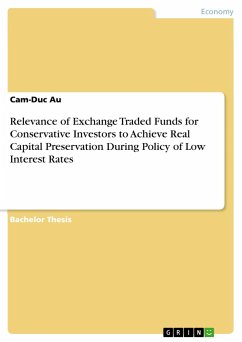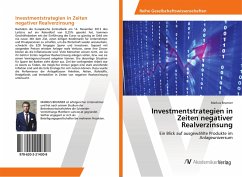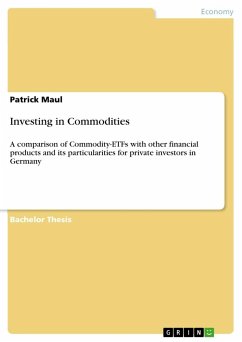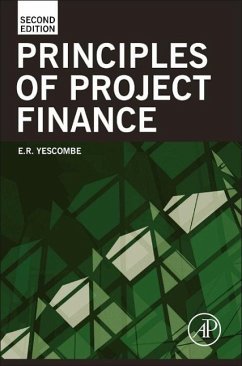
Investment strategies in times of negative real interest rates
Versandkostenfrei!
Versandfertig in 6-10 Tagen
27,99 €
inkl. MwSt.

PAYBACK Punkte
14 °P sammeln!
After the European Central Bank lowered its key interest rate to a record low of 0.25% on 14 November 2013, commercial banks have had access to money at lower rates than ever before since the introduction of the euro. With the aim of creating a cheap credit market for businesses and private individuals in order to stimulate the economy, the ECB is weakening savers and investors. Coupled with rising prices, investors suffer real losses when their interest rates are lower than the inflation rate. Many people do not know where to invest their money in times of negative real interest rates or how ...
After the European Central Bank lowered its key interest rate to a record low of 0.25% on 14 November 2013, commercial banks have had access to money at lower rates than ever before since the introduction of the euro. With the aim of creating a cheap credit market for businesses and private individuals in order to stimulate the economy, the ECB is weakening savers and investors. Coupled with rising prices, investors suffer real losses when their interest rates are lower than the inflation rate. Many people do not know where to invest their money in times of negative real interest rates or how to avoid losing their wealth. The current situation for savers at banks looks bleak. The aim of this paper was to identify assets that are as immune as possible to sharply rising inflation and can take advantage of low interest rates. To this end, the performance of the asset classes bonds, equities, commodities, hedge funds and real estate in times of negative real interest rates was examined.












